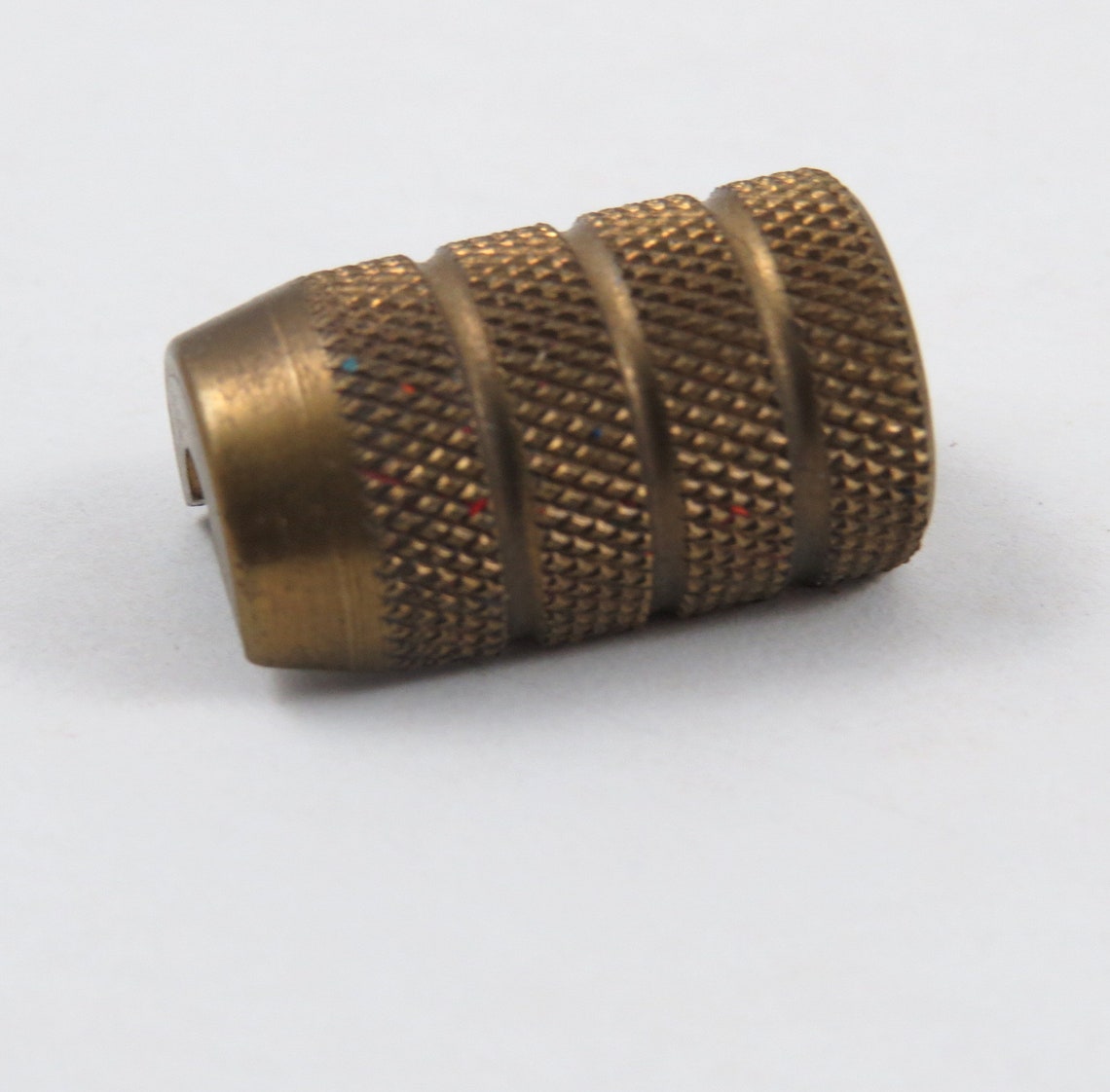

It does hold the shavings from one sharpening whilst still being very small. It doesn’t give a particularly crisp cut and the graphite is prone to breaking whilst being sharpened. This is useful but makes the sharpener a little uncomfortable to grip when in use. There are two spare blades screwed into one side. However, this is a good reliable sharpener that gives a good though quite short point. Magnesium makes for a lighter sharpener than brass but with that lightness you lose some of the reassuringly solid feel. This sharpener sharpens any pencil crisply and easily. I couldn’t think of when I might want to use this. It would also be useful so when you don’t want an actual point, such as when shading.

The second hole only sharpens the wood, which things a very intimidating but potentially useful point. The first sharpens in the normal way and does so crisply, though not with as much authority as the DUX. The three holes in this sharpener each sharpen in a different way. There are three steps but not a huge difference between steps 2 and 3. This pencil sharpens pencils beautifully, giving a crisp cut on even the cheap pencil. In these tests I used a General’s Cedar Pointe pencil, which is a lovely good quality pencil, and a Six Mile pencil, which isn’t. I bought all these sharpeners myself but some I was able to pick up at a discount thanks to Cult Pens’ support of the site. Although a couple of the ones I’ve looking at today do hold the shavings from one or two sharpenings, they’ve all small enough to fit in a pocket.

Handheld sharpeners are sharpeners you don’t need to attach to a desk to use.īy small, I mean I’m avoiding sharpeners that come with a tub to keep the shavings in. Some sharpeners are two-step: you sharpen the wood first and then the graphite, to give a long point. One-step just means you can get a finished point in one go. Here I’m looking at small one-step handheld sharpeners. There are dozens of different sharpeners, in all shapes, sizes, materials and colours.


 0 kommentar(er)
0 kommentar(er)
